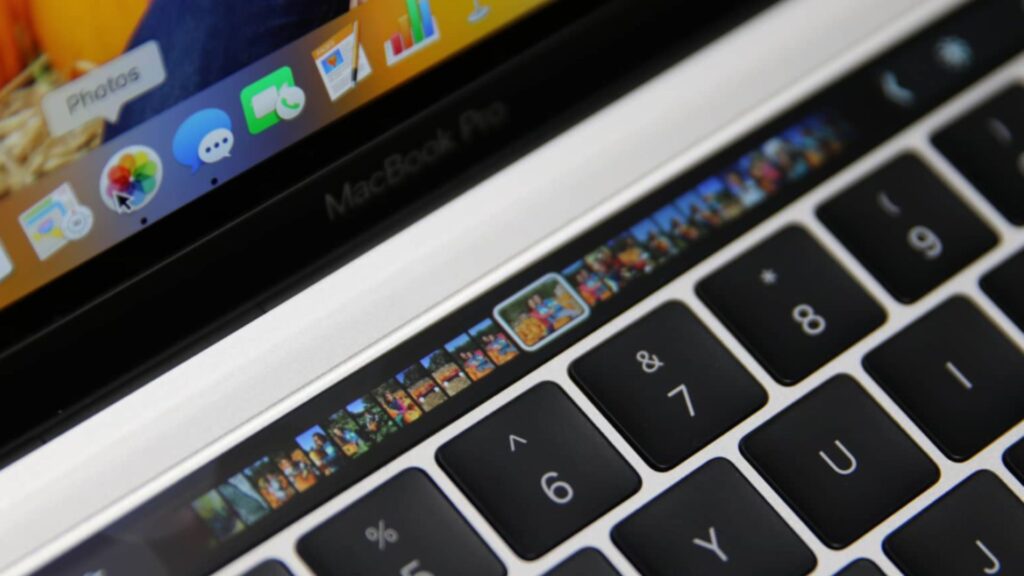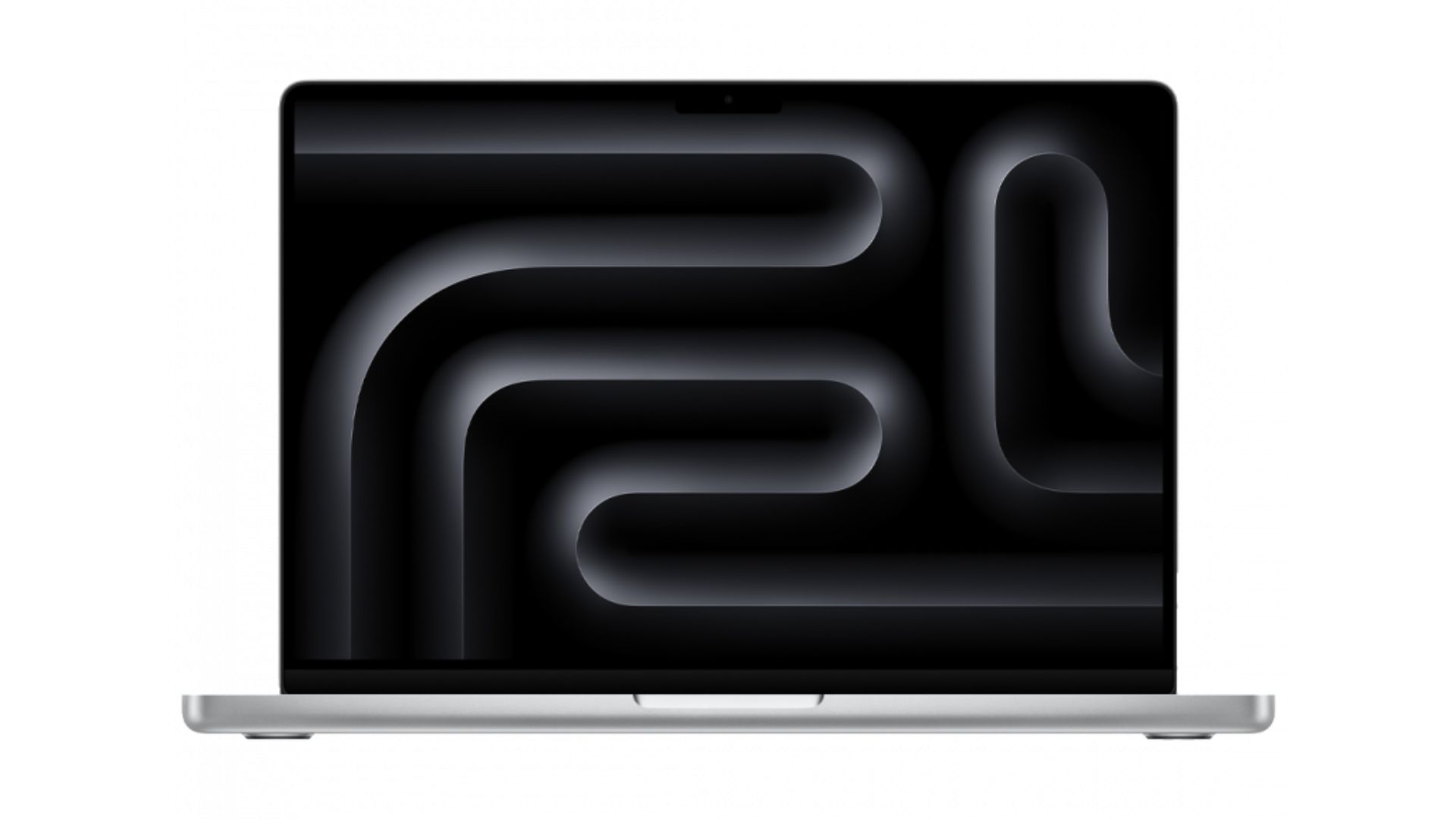
Apple is reportedly developing its first touchscreen MacBook, marking a dramatic reversal from the company’s long-standing opposition to the technology. According to prominent Apple analyst Ming-Chi Kuo, an OLED MacBook Pro with touch capabilities will enter mass production by late 2026, with Samsung Display set to supply the revolutionary displays (MacRumors).
Complete Departure from Jobs’ Vision
This development represents a complete about-face from Apple’s position since 2010, when co-founder Steve Jobs famously dismissed touchscreen laptops as “ergonomically terrible.” Jobs argued that “touch surfaces don’t want to be vertical” and warned that using vertical touchscreens would cause arm fatigue, stating “after an extended period of time, your arm wants to fall off.”
Kuo explained that Apple’s strategic shift stems from “long-term observation of iPad user behavior, indicating that in certain scenarios, touch controls can enhance both productivity and the overall user experience” (Beebom). This suggests Apple sees an opportunity to blur the lines between its MacBook and iPad product lines, potentially creating a unified computing experience that leverages the best of both platforms.
Samsung Partnership and Advanced Display Technology
Samsung Display has secured an exclusive contract to manufacture both 14-inch and 16-inch OLED panels for Apple’s redesigned MacBook Pro lineup, according to Korean publication The Elec. The displays will utilize on-cell touch technology, integrating touch sensors directly into the OLED panel for improved responsiveness and thinner design.
Production is scheduled to begin in Q2 2026, with initial volume projected at 2-3 million units annually. Samsung will commence prototype production at its eighth-generation OLED facility by end of 2025, with component manufacturing starting in Q1 2026. The company has capacity to scale production up to 10 million units per year if demand warrants.
The OLED technology promises significant improvements over current mini-LED displays, including higher brightness, superior contrast ratios with deeper blacks, and improved power efficiency that could extend battery life. These enhancements, combined with touchscreen functionality, position the new MacBook Pro as Apple’s most significant laptop redesign since the 2021 silicon transition.
Gradual Rollout Strategy Across Product Lines
While the premium OLED MacBook Pro gains touch capabilities, Apple’s rumored budget MacBook powered by iPhone A-series processors will initially launch without touchscreen support. Kuo indicates this more affordable model, expected to enter mass production in Q4 2025 at a $599 price point, will target price-conscious consumers but maintain traditional input methods (NotebookCheck).
However, a second-generation version of the budget MacBook, anticipated for 2027, could incorporate touch functionality as Apple scales the technology across its laptop lineup. This suggests a gradual rollout strategy that introduces touchscreens on premium models before expanding to entry-level devices.
Convergence with iPadOS and Software Integration
The timing aligns with Apple’s broader push toward convergence between macOS and iPadOS interfaces, with recent software updates featuring increasingly similar design elements. The touchscreen MacBook Pro will likely run a hybrid version of macOS optimized for both traditional cursor input and direct touch manipulation.
Industry analysts expect Apple to introduce new gesture controls, touch-optimized apps, and seamless continuity features between the touchscreen MacBook and existing iPad workflows. This could include support for Apple Pencil input, advanced multitasking gestures, and native iOS app compatibility—features that have long been requested by power users seeking greater flexibility.
Market Impact and Competitive Response
The timeline positions Apple’s touchscreen Mac debut well after competing Windows laptops from Microsoft, Dell, HP, and Lenovo have offered the feature for years. However, Apple’s delayed entry reflects its traditional approach of refining technologies extensively before implementation, potentially delivering a more polished touchscreen experience than early PC market adopters.
With the global touchscreen laptop market projected to reach $41.2 billion by 2027, Apple’s entry could significantly reshape consumer expectations and drive broader adoption across the industry. The combination of OLED display quality, optimized software integration, and Apple’s ecosystem advantages may set a new standard for premium touchscreen laptops.
The 2026 launch window also coincides with expected updates to Apple’s silicon roadmap, suggesting the touchscreen MacBook Pro could debut alongside next-generation M-series processors specifically designed to handle the additional computational demands of touch interface processing and advanced display controllers.











